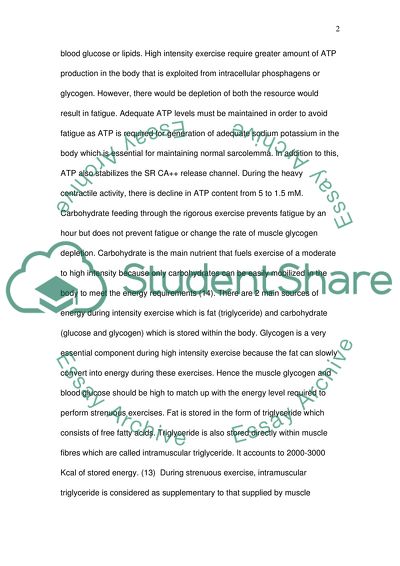Cite this document
(Metabolic and Biochemical Alterations Assignment, n.d.)
Metabolic and Biochemical Alterations Assignment. https://studentshare.org/chemistry/1731733-essey-assignment
Metabolic and Biochemical Alterations Assignment. https://studentshare.org/chemistry/1731733-essey-assignment
(Metabolic and Biochemical Alterations Assignment)
Metabolic and Biochemical Alterations Assignment. https://studentshare.org/chemistry/1731733-essey-assignment.
Metabolic and Biochemical Alterations Assignment. https://studentshare.org/chemistry/1731733-essey-assignment.
“Metabolic and Biochemical Alterations Assignment”. https://studentshare.org/chemistry/1731733-essey-assignment.


